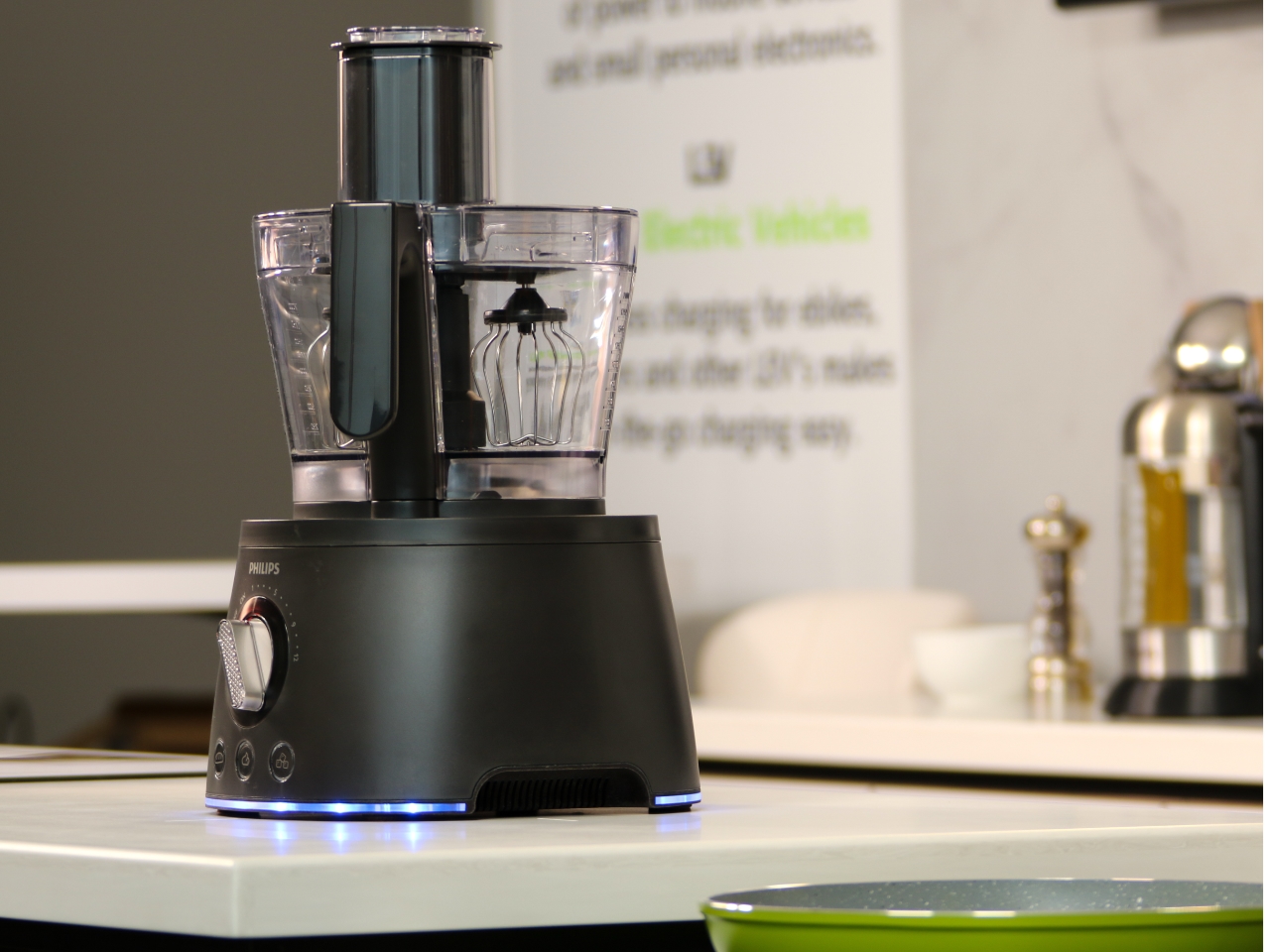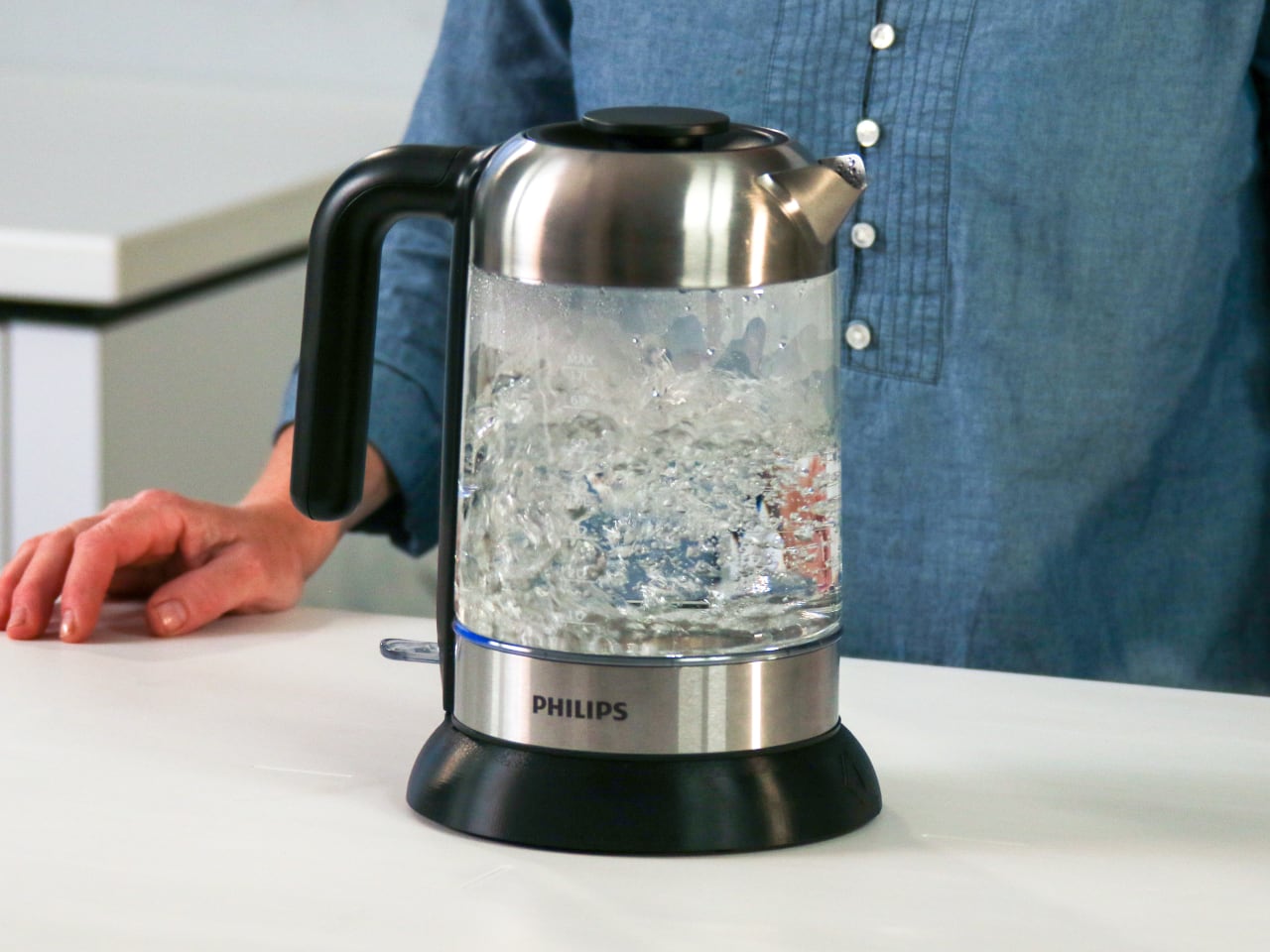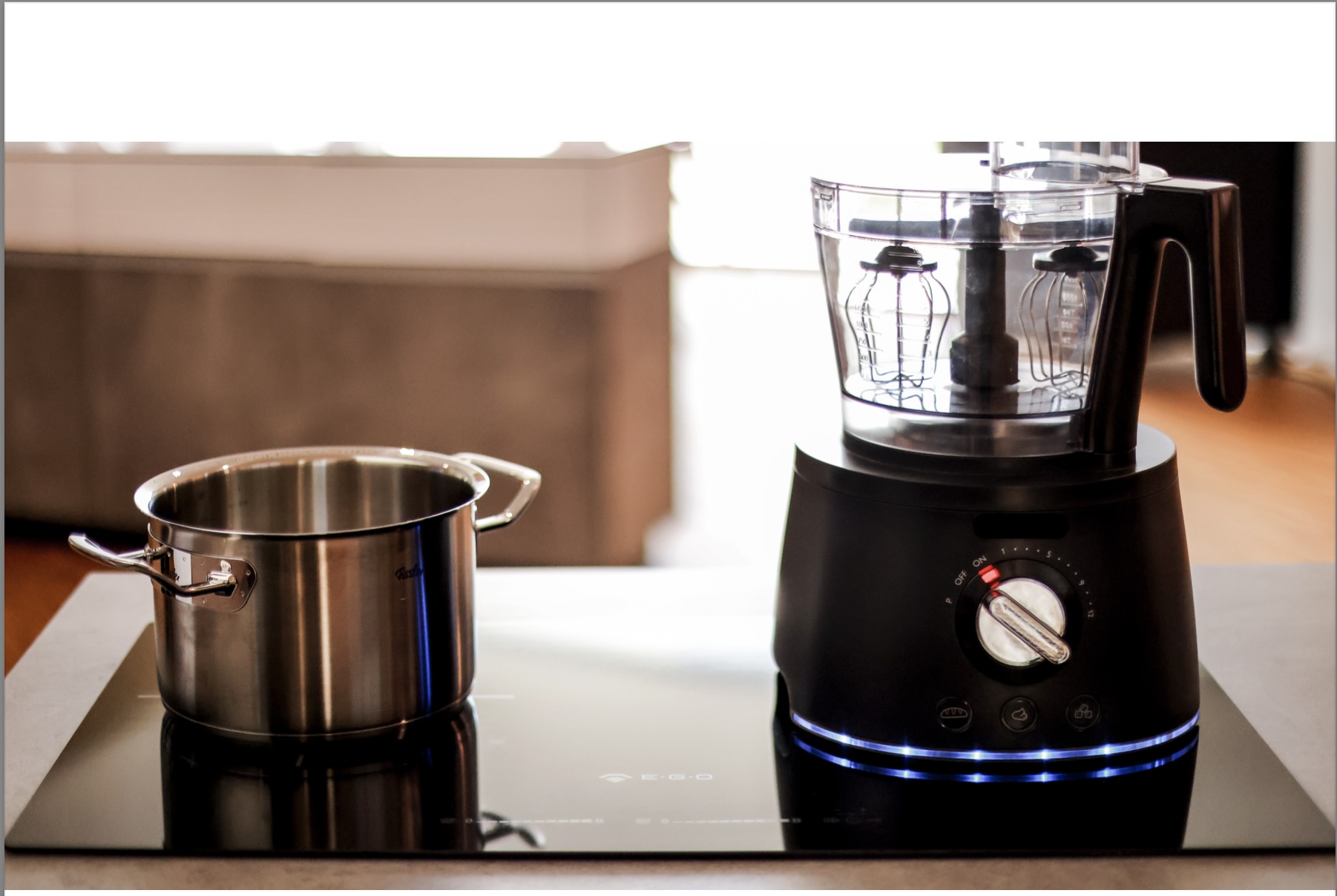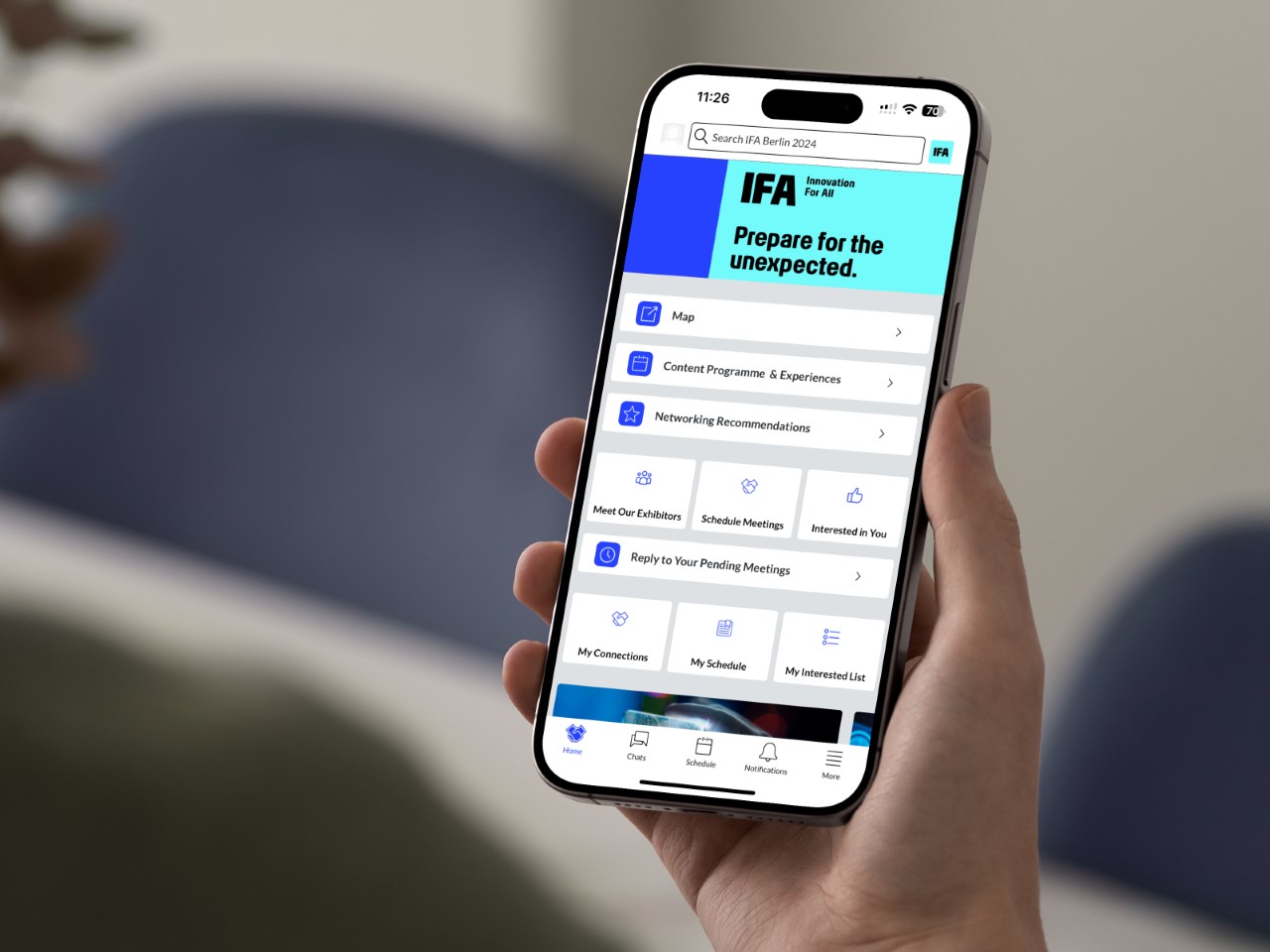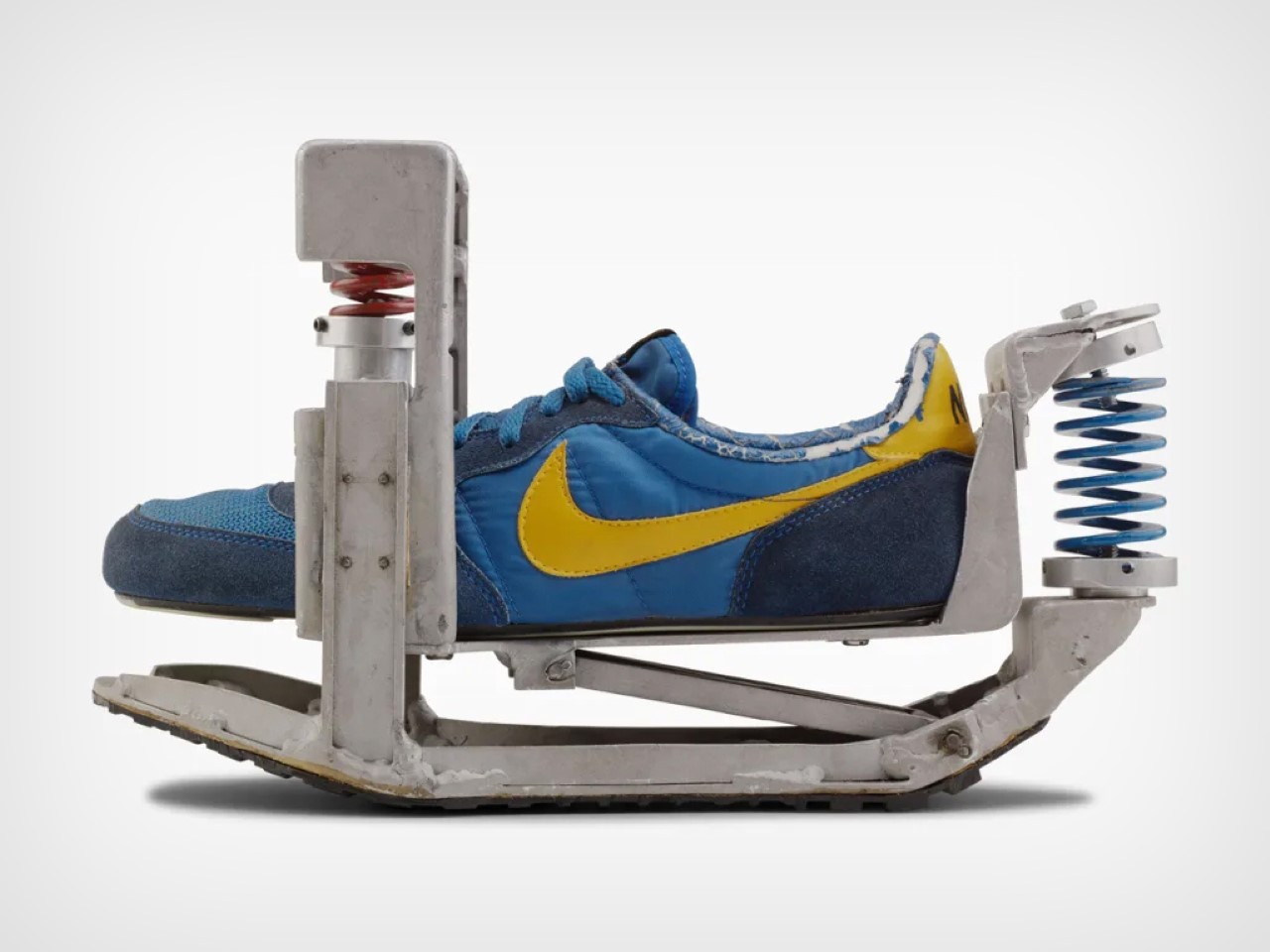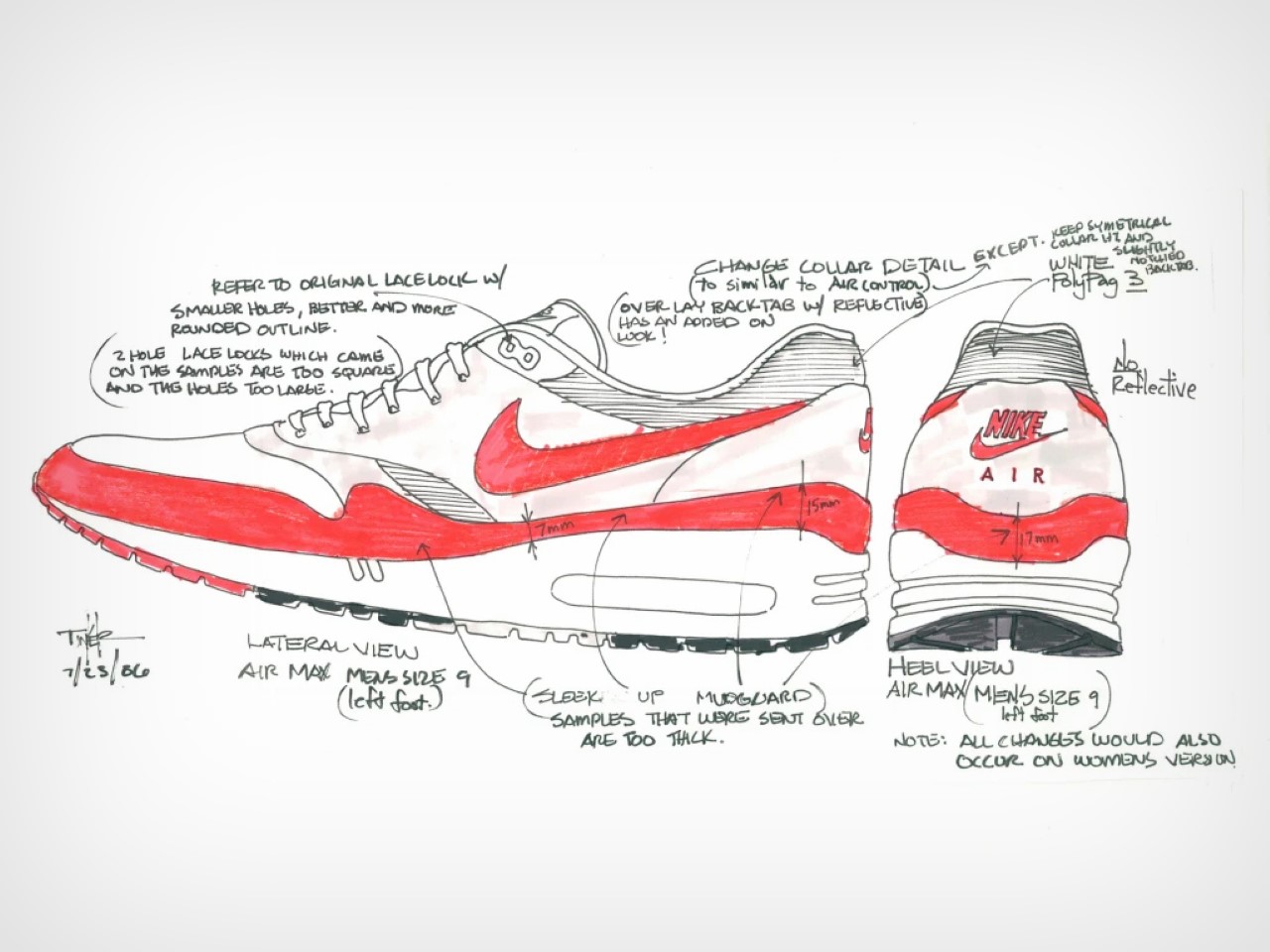
The U.S. Food and Drug Administration has officially authorized Apple’s over-the-counter Hearing Aid Feature (HAF), marking a breakthrough for individuals with mild to moderate hearing loss. Designed exclusively for the AirPods Pro 2, this software transforms the popular earbuds into customizable hearing aids. This development comes at a crucial time, as over 30 million American adults report some level of hearing loss, a condition that affects communication, relationships, work, and emotional well-being.
Designer: Apple
With the FDA’s recent approval, Apple’s Hearing Aid Feature allows users to tailor their listening experience without needing a prescription or professional fitting. Users can adjust personalized settings through the software using an iPhone or iPad, which enables them to fine-tune their hearing experience based on their specific needs. By offering this self-fitting functionality, Apple eliminates the need for costly audiologist visits. Instead of relying on traditional hearing aids, which often carry a stigma and high price tag, consumers can now use a product they may already own, making hearing support more accessible, affordable, and discreet.
“Hearing loss is a significant public health issue impacting millions of Americans,” said Dr. Michelle Tarver, acting director of the FDA’s Center for Devices and Radiological Health. “Today’s marketing authorization of an over-the-counter hearing aid software on a widely used consumer audio product is another step that advances the availability, accessibility, and acceptability of hearing support for adults with perceived mild to moderate hearing loss.”
The benefits for consumers are clear. The Hearing Aid Feature uses Apple’s HealthKit data to create a personalized audio profile tailored to the user’s hearing levels. This profile automatically adjusts amplification settings to enhance environmental sounds and media playback. The self-fitting process, which can be done entirely through an iPhone or iPad, is simple and intuitive, giving users complete control over their hearing aid experience. The ability to customize sound directly from a personal device reduces the barriers that often deter people from seeking hearing assistance.
The Hearing Aid Feature’s Core Functionality
This feature is specifically designed for individuals with mild to moderate hearing loss. After completing the hearing test, users receive a customized audio profile that adjusts environmental sounds and media playback to their hearing needs. The feature is not intended for those with severe or profound hearing loss, who will be advised to seek professional care. However, it’s a groundbreaking tool for users with moderate impairment, offering convenient adjustments on-the-go without specialized equipment or professional fitting.
Another key benefit is the feature’s ability to address asymmetric hearing loss. If a user has different levels of impairment in each ear, the software automatically adjusts for each side, ensuring an optimal hearing experience for both ears.

The software was tested in a clinical study with 118 participants who had perceived mild to moderate hearing loss. The results were impressive: individuals who used the self-fitting software experienced similar benefits to those who underwent professional fittings. Tests also showed that the Hearing Aid Feature provided comparable performance in amplifying sounds in the ear canal and improving speech understanding in noisy environments. Notably, no adverse events were reported during the study, further validating the safety and effectiveness of the software.
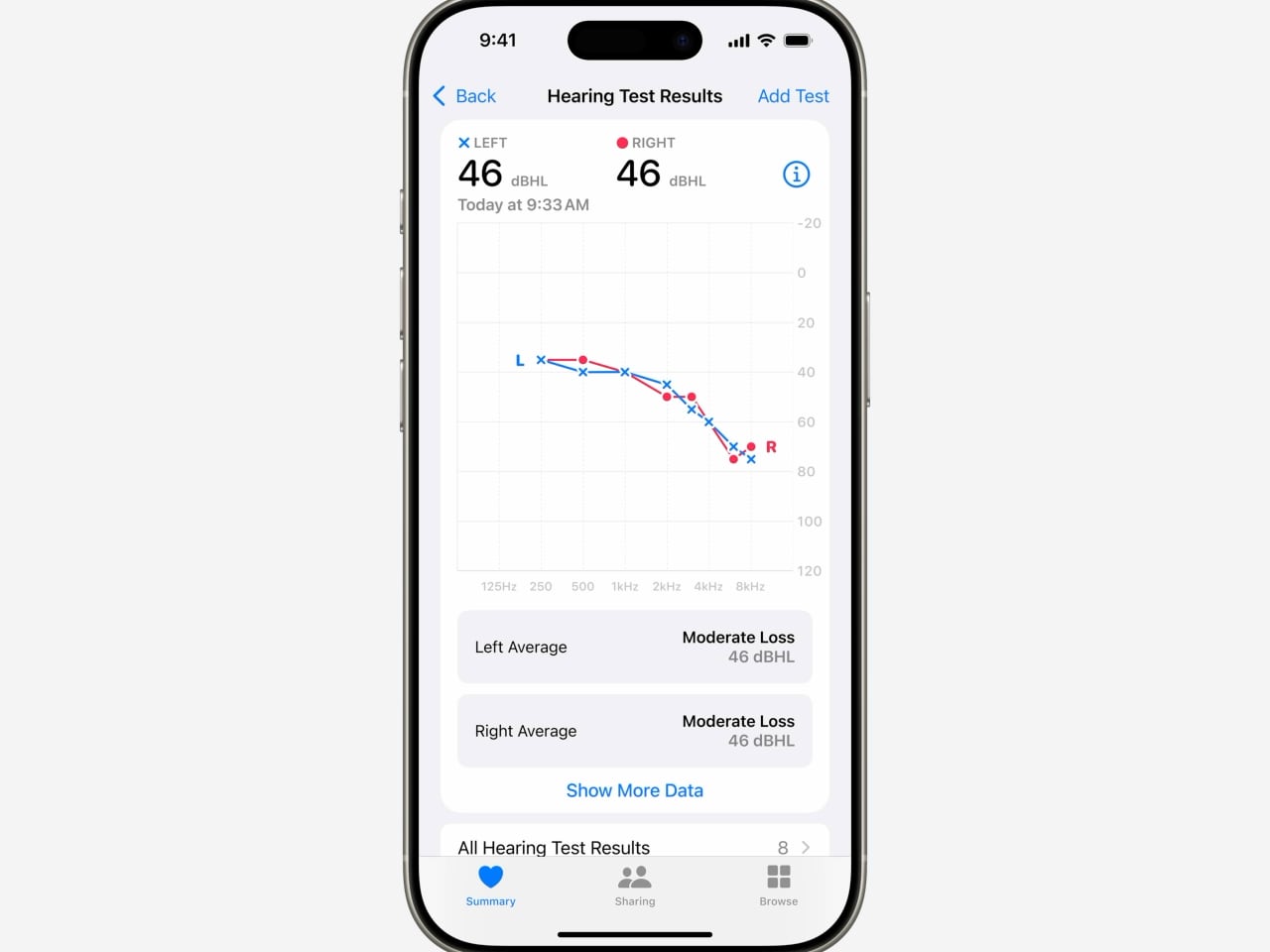
This FDA approval builds on the agency’s 2022 regulations for over-the-counter hearing aids, which allowed consumers to purchase hearing aids directly from stores or online without needing a medical exam or prescription. Apple’s software-only mobile medical application integrates advanced hearing aid technology into a familiar, everyday product. With the Hearing Aid Feature, users can now fit and adjust their hearing aids independently, avoiding the traditional challenges and costs associated with professional services.
How to Run the Hearing Test
I ran the hearing test within the Settings app during the demo after pairing the AirPods Pro 2. Users can easily access the Hearing Health section by selecting their AirPods Pro in Settings and scrolling down to the Take a Hearing Test option. From there, the on-screen instructions guide users through the process step-by-step.
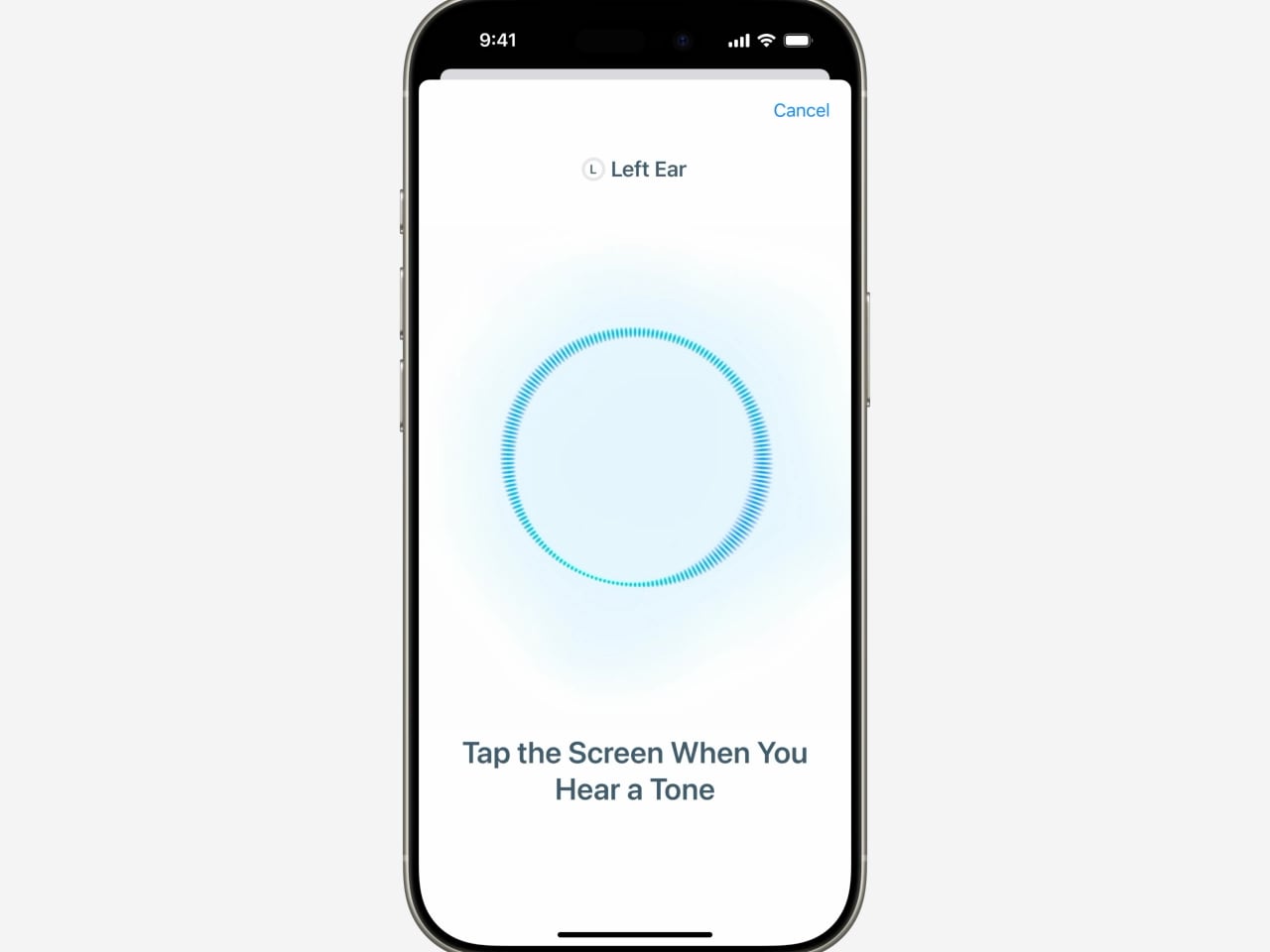
The test is modeled after clinical hearing assessments, asking users to listen to tones that alternate between the left and right ears. Each tone starts faint and gradually increases in volume. All users need to do is tap the screen whenever they hear a tone. The system leverages active noise cancellation during the test, blocking out external sounds to ensure the results are accurate and unaffected by surrounding noise. Once the test is complete, the results indicate the level of hearing loss, such as mild or moderate, and automatically generate a personalized sound profile.
This profile is used to activate the Hearing Aid Feature, adjusting amplification settings based on the test results. Users can apply this profile to environmental sounds, phone calls, music, and other media, tailoring their experience to suit their hearing needs.
Reaction to the Demo
The process was simple, intuitive, and impressively smooth. As someone who demoed an incomplete version of the test, I found the setup straightforward and user-friendly, even for those without prior experience using hearing aids. The software intelligently adjusted the tones in real-time based on my responses, adapting the volume and frequency dynamically to create an accurate hearing profile.

Despite receiving generalized results indicating moderate hearing loss during the demo, the system gave me a clear understanding of how the Hearing Aid Feature would adjust to the user’s specific needs. Even though the profile was generic, the sound amplification was highly noticeable, even 5-8 feet away from the people speaking in the room. Additionally, the tonality and pitch of voices sounded sharper rather than just louder, offering a refined listening experience rather than a mere increase in volume. The real-time feedback and adaptability of the software reassured me that users could rely on this technology to provide an effective, custom-tailored hearing solution once fully functional.
Media Assist, Health Data Security, and Availability
The Hearing Aid Feature automatically enables Media Assist, which fine-tunes audio for phone calls and media playback, making conversations, music, and videos easier to hear. This feature can benefit even users with minimal hearing loss, as it automatically adjusts to individual needs without manual input.
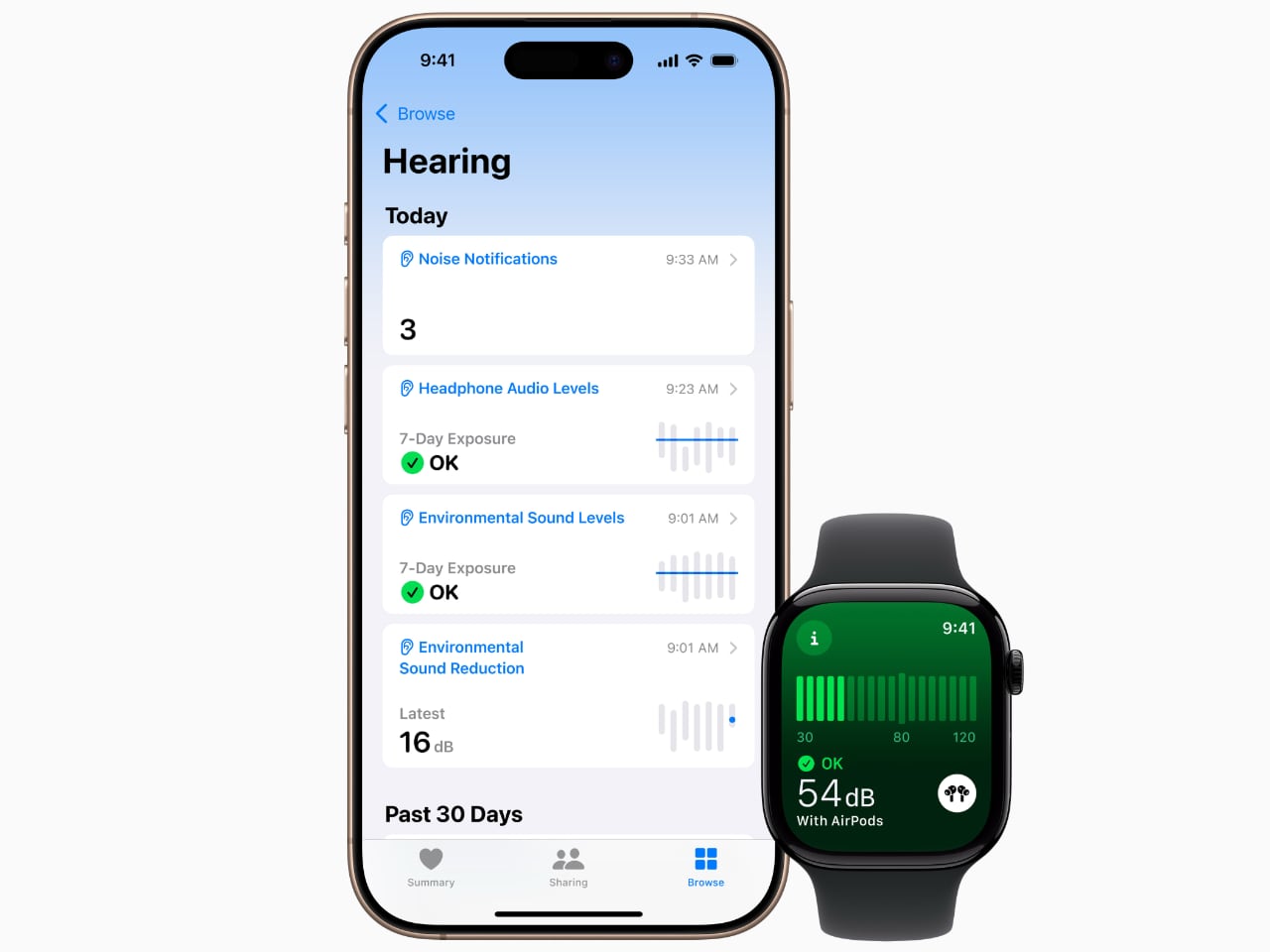
All hearing test results are securely stored in Apple’s Health app, where users can export them as PDFs to share with healthcare providers. This ensures users have full control over their health data, maintaining privacy and security.
Apple’s FDA-approved Hearing Aid Feature transforms accessibility by integrating advanced hearing technology into a popular consumer device. This innovation reduces the stigma and cost barriers associated with traditional hearing aids, offering millions of users with mild to moderate hearing loss a discreet and more affordable way to manage their hearing health independently.
The post Hands-On with the First FDA-Approved OTC Hearing Aid Software Device: Apple’s AirPods Pro 2 Transform Accessibility first appeared on Yanko Design.

























 Ultra 7 Processor processor, delivering exceptional performance for demanding tasks, whether it’s video editing, 3D rendering, or gaming. The laptop also features six AI-enabled speakers and a spatial audio engine, ensuring crystal-clear sound whether you’re in a video conference or watching a movie.
Ultra 7 Processor processor, delivering exceptional performance for demanding tasks, whether it’s video editing, 3D rendering, or gaming. The laptop also features six AI-enabled speakers and a spatial audio engine, ensuring crystal-clear sound whether you’re in a video conference or watching a movie.













